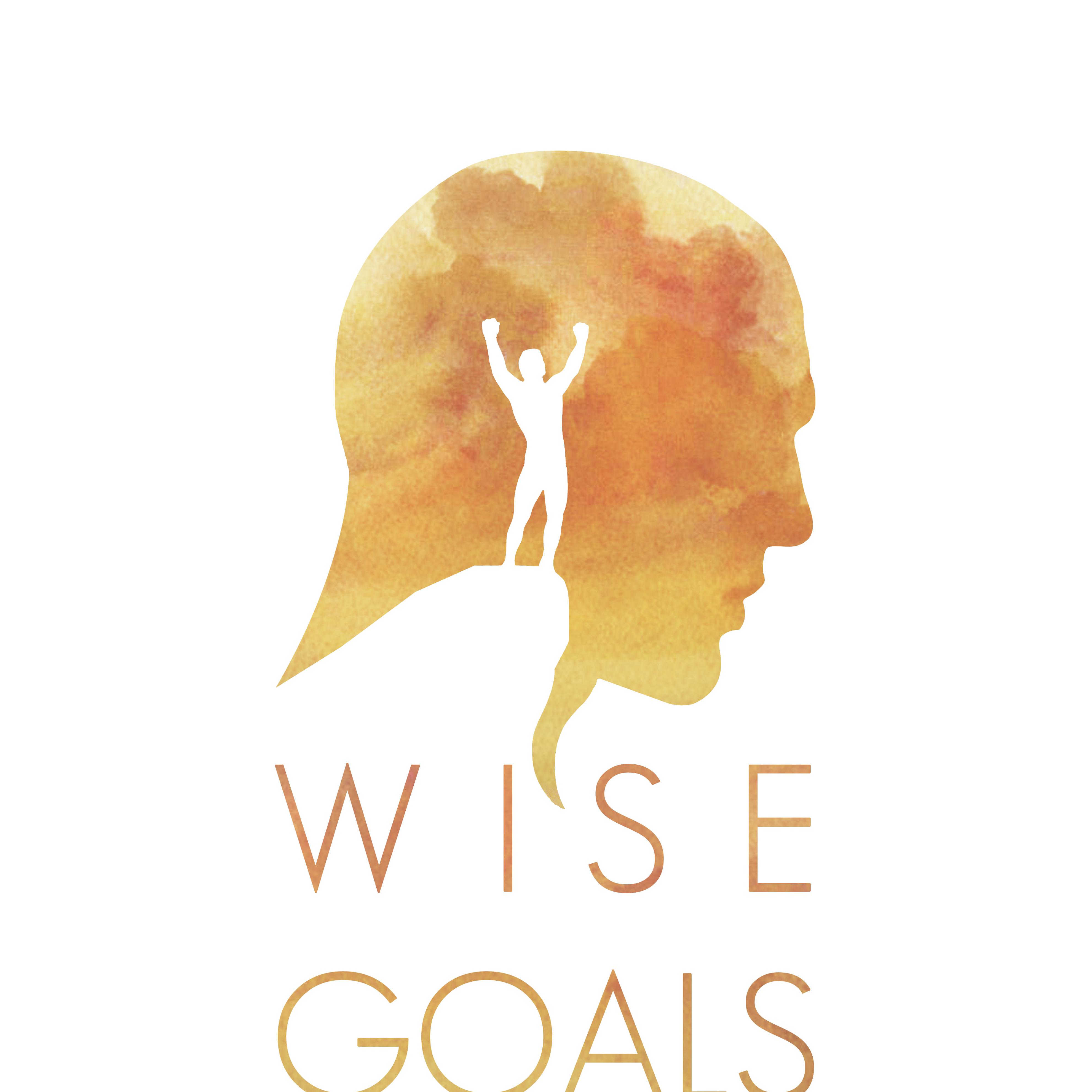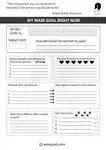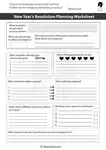Understanding Your ADHD Symptoms: The First Step to Thriving
How Recognizing Your Unique Brain Wiring Helps You Adapt, Cope, and Succeed
Understanding your ADHD symptoms isn’t just helpful—it’s a game-changer for living well.
ADHD isn’t a flaw; it’s a different way your brain processes the world. But without insight, its challenges can feel overwhelming.
Maybe you’ve been called “lazy” or “scatter-brained” when really, your brain works differently. The key isn’t fixing yourself—it’s learning how your mind operates.
When you recognize your symptoms, you can adapt strategies that actually work for you. This guide breaks down ADHD traits in a way that empowers, not diagnoses.
Because self-awareness isn’t just knowledge—it’s freedom.
What ADHD Really Is—And Why Understanding It Matters
ADHD isn’t just about forgetfulness or fidgeting—it’s a neurodevelopmental difference that shapes how you think, feel, and act.
Many people go years misinterpreting their struggles as personal failures. But when you recognize ADHD’s role, things start making sense.
This isn’t about labels. It’s about clarity—and using it to build a life that works with your brain, not against it.
1. Core ADHD Symptoms: Beyond Distraction and Hyperactivity
ADHD symptoms fall into three clusters: inattention, hyperactivity, and impulsivity. But they’re not one-size-fits-all.
Inattentive ADHD might mean losing track of conversations or deadlines. Hyperactive ADHD could look like relentless mental chatter. Impulsivity often shows up as interrupting others or impulsive spending.
Many adults with ADHD, especially women, were missed in childhood because they didn’t "fit the stereotype." Their symptoms were quieter—daydreaming, chronic lateness, or emotional sensitivity.
ADHD also overlaps with anxiety, depression, and autism. Untangling these can be tricky, but it’s worth the effort.
2. Why Knowing Your ADHD Symptoms Changes Everything
Self-awareness shifts your approach from "Why can’t I just do this?" to "How can I adapt?".
For example, if you know time blindness trips you up, you might set earlier deadlines. If emotional dysregulation is a struggle, you could create a pause-before-responding rule.
Understanding your symptoms also helps you communicate your needs—whether to a partner, boss, or therapist.
It’s not about excuses. It’s about effective solutions.
3. The Science Behind ADHD Symptoms
Research shows ADHD brains have differences in dopamine regulation and prefrontal cortex activity. This affects focus, motivation, and impulse control.
Studies also highlight that ADHD isn’t a deficit of attention, but inconsistent attention. You might hyperfocus for hours on something fascinating—then struggle to reply to an email.
Neurologically, this explains why traditional productivity advice often fails. Your brain isn’t broken—it just needs different fuel.
The good news? Brains can adapt. With the right strategies, you can work with your wiring, not against it.
How to Take Action on Your ADHD Symptoms
Understanding your ADHD is the first step—but real change happens when you experiment. Instead of vague resolutions, this approach is about measuring, testing, and refining.
Think of it like a scientist studying their own brain. You’ll track symptoms, try adjustments, and see what actually works for you.
No grand promises. Just small, intentional steps that add up over time.
Step 1: Measure Your Current ADHD Symptoms
The ASRS-11 questionnaire (like this one) is a practical starting point. It helps you gauge where ADHD affects you most—focus, impulsivity, or emotional regulation.
Answer honestly, not critically. This isn’t about judging yourself. It’s about creating a baseline.
Jot down notes beyond the checklist, too. Maybe deadlines are a struggle, but hyperfocus helps you crush creative work. Patterns matter more than scores.
Step 2: Choose a Realistic Target for Improvement
Instead of “fix everything,” pick one area where symptoms cause the most friction. For example: “I want to reduce last-minute panic by starting projects earlier.”
Be specific. “Improve focus” is too vague. “Spend 25 minutes on emails without switching tabs” gives you a clear mark to hit.
Ask: What would make the biggest difference right now? Start there.
Step 3: Brainstorm Possible Solutions
List every idea, even silly ones. ADHD thrives on options. Could body doubling help? What about setting phone alarms for transitions? Or using a visual timer?
Include environment tweaks (like a distraction-free workspace) and mental shifts (like forgiving yourself when plans fail).
This isn’t about perfection—it’s about collecting tools to test.
Step 4: Pick One Strategy and Plan for Obstacles
Choose the easiest or most appealing option. Then, anticipate what could derail you.
If you’re trying the Pomodoro technique, will boredom kick in? Maybe pair it with upbeat music. If reminders often get ignored, could a physical sticky note work better?
Preparation isn’t about control—it’s about flexibility.
Step 5: Test, Reflect, and Measure Again
After a few weeks (or months), retake the ASRS-11. Compare scores. But also ask: What felt easier? What still frustrates me?
Maybe timers helped with work focus, but emotional impulsivity stayed high. That’s data—not failure.
Adjust. Try new experiments. Progress with ADHD isn’t linear—it’s iterative.
Where to Go From Here – Resources to Deepen Your Understanding
Learning about ADHD is an ongoing process—and the right resources can make all the difference.
Instead of overwhelming yourself, focus on quality over quantity. Below are a few well-regarded books and videos that offer practical insights, science-backed strategies, and relatable stories—all without hype.
Whether you prefer reading, listening, or watching, there’s something here to help you explore ADHD further.
Affiliate products.
If you purchase a product through links on this page I receive a small commission at no cost to you. I was not paid for writing this review, and I did not receive it as a freebie. I'm suggesting it for you because I own it and love it, and I think you would too. For more info, please see this affiliate disclosure document.
Books to Explore
"Driven to Distraction" by Edward Hallowell & John Ratey
A classic that explains ADHD in an engaging, story-driven way. Covers diagnosis, myths, and real-life strategies.
"Taking Charge of Adult ADHD" by Russell Barkley
A structured, evidence-based guide for managing symptoms in adulthood. Barkley is a leading ADHD researcher.
"ADHD 2.0" by Edward Hallowell & John Ratey
Focuses on modern understandings of ADHD, including strengths-based approaches.
Videos & Online Resources
"How to ADHD" (YouTube Channel)
- Jessica McCabe’s videos break down ADHD concepts with humor, science, and personal experience.
Dr. Russell Barkley’s ADHD Lectures (Available on YouTube)
- Deep dives into ADHD’s neurological underpinnings and practical implications.
TED Talk: "Failing at Normal" by Jessica McCabe
- A powerful talk on the struggles and hidden strengths of living with ADHD.
You don’t have to figure everything out at once. Pick one resource that resonates, and go from there. Progress, not perfection.
Ready to Take the Next Step?
Understanding your ADHD symptoms is powerful - but personalized guidance can help you make real progress on what matters most to you.
As an ADHD coach with 7 years' experience (and inattentive ADHD myself), I help clients:
- Develop custom strategies that actually work with your brain
- Break through procrastination and overwhelm
- Build systems for consistent progress on your goals
- Turn self-awareness into actionable change
The best way to see if coaching could help you? Let's talk.
Book Your Free Consultation
No pressure - just a friendly chat to explore possibilities.
Who I'm Affiliated With
I'm proud to be part of professional networks that value evidence-based practice, inclusion, and social impact.






